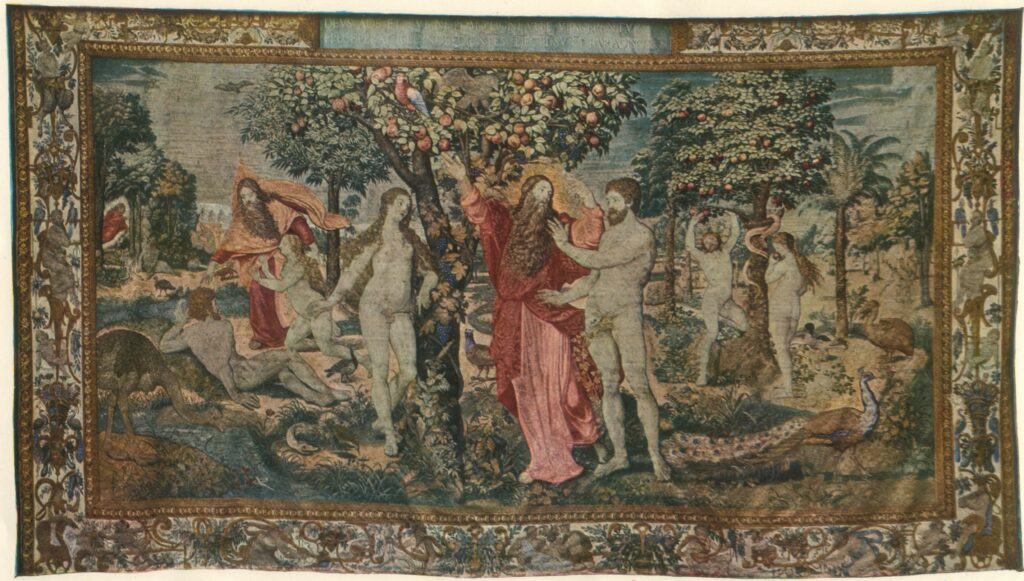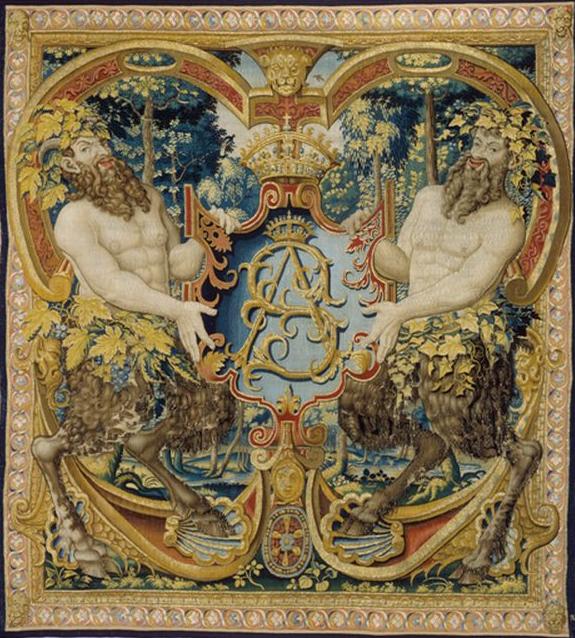Wawel Tapestries – Krakow, Wawel Castle
Fact of the Polish figure „Jagiellonian University”
Part of the „Transfer of the culture” topic
The collection of Wawel Tapestries consists of 137 items (the number of tapestries that have survived to the present day) and it is the biggest collection ever commissioned by one ruler. The Tapestries were woven in Brussels in the years 1550-1560 and brought by king Sigismund Augustus. They were designed to decorate specific places at Wawel Castle, thus the collection includes large clothes as well as smaller pieces to decorate, for example, the areas beneath windowsills. The collection can be divided into three main categories – Biblical scenes, animals and the king’s monograms against the backdrop of ornaments. In the reign of Sigismund, the Tapestries were displayed at Wawel during important events such as weddings. In 1795 the Tapestries were confiscated and stored in Saint Petersburg. They returned to Poland after World War I, but due to the next conflict the Tapestries were moved to Canada. They returned to Poland in 1961.
References:
Campbell T. P., Tapestry in the Renaissance. Art and Magnificence, New York 2022.
Kępa. M., The Wawel Tapestries: Woven Treasures of Renaissance Art, https://culture.pl/en/article/the-wawel-tapestries-woven-treasures-of-renaissance-art, 12 August 2024.
Textiles, Official Website of Wawel Royal Castle, https://wawel.krakow.pl/en/textiles, 12 August 2024.






